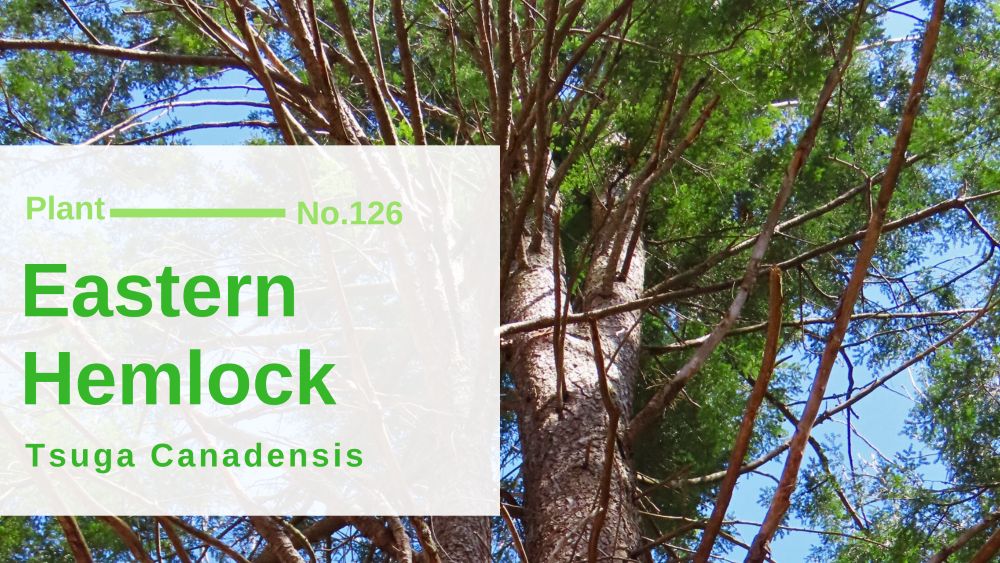Eastern Hemlock – Tsuga Canadensis: Edible & Medicinal Uses of the Porcupine Tree of Wild Plants

A favourite of porcupines, hemlock is a tree that’s beneficial to countless wildlife. It also has many edible, medicinal and craft uses. Eastern hemlock (Tsuga canadensis) can be found in moist hardwood forests. I know people hereabouts with a mature hemlock forest for a backyard. On the 100 acre I frequent, I’ve had to go … [Read more…]


